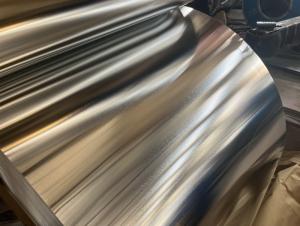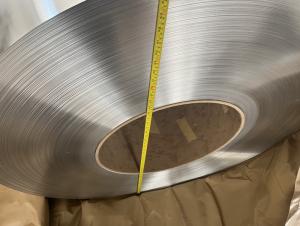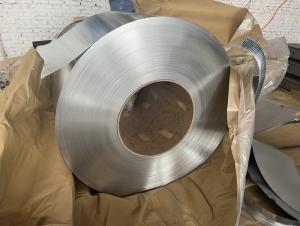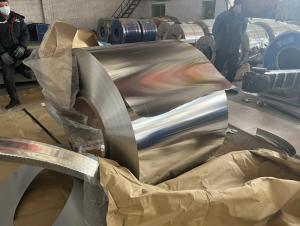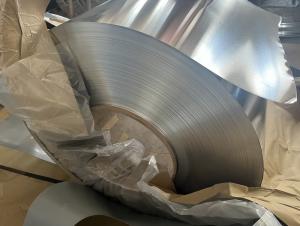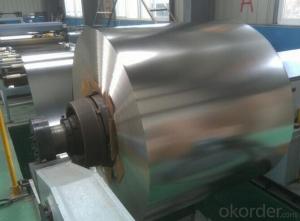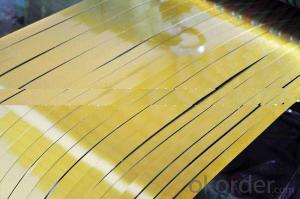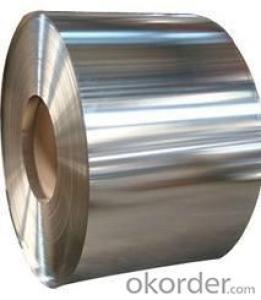Electroytic Tinplate Coil SPTE ETP for Packaging Consumer Industrial Packaging
- Loading Port:
- China main port
- Payment Terms:
- TT or LC
- Min Order Qty:
- 25 m.t.
- Supply Capability:
- 1000 m.t./month
OKorder Service Pledge
Quality Product, Order Online Tracking, Timely Delivery
OKorder Financial Service
Credit Rating, Credit Services, Credit Purchasing
You Might Also Like
Electroytic Tinplate Coil SPTE ETP
Tinplate has a beautiful metallic luster as well as excellent properties in corrosion resistance and paint-ability.
Available Specifications and Sizes
| Steel Type | MR, SPCC |
| Temper (BA&CA) | T1~T5, DR8~DR10 |
| Coating | 1.1~11.2g/㎡ |
| Thickness & Tolerance | 0.15~0.5mm (Tolerance: ±0.01mm) |
| Width & Tolerance | 600~1010mm (Tolerance: +2/-0mm) |
| I.D | 508 mm |
| Coil Weight | 3~10 MT |
| Passivation | 311 |
| Oiling | DOS |
| Surface Finish | Bright, Stone, Silver, Matte, (B, R, R2, S, S1, S2, M) |
| Quantity for 20 Feet FCL | 20~25 Tons |
| Package | Seaworthy Export Standard Wooden Pallet |
Special specifications are available on customers' requirements
Standard Comparison for Temper
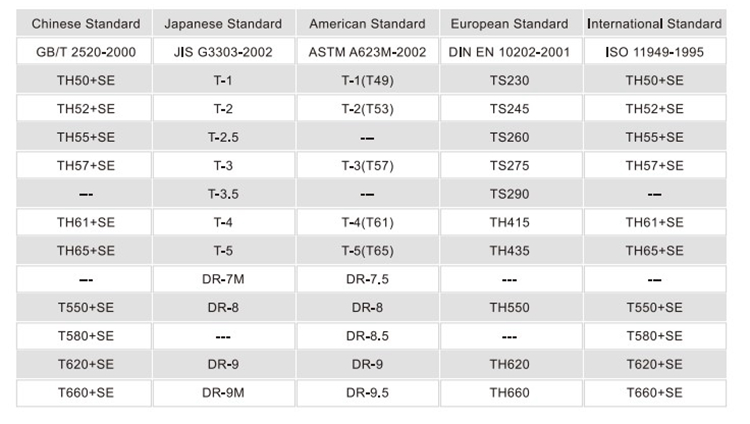
Tin coating weight
1.ETP

2.TFS

Applications of Tinplate and TFS: Consumer Packaging and Industrial Packaging
| TINPLATE | ETP is primarily used for packaging foodstuffs and beverages, but it is also used in containers for oils, grease, paints, polishes, chemicals and many other products. Aerosol containers,caps and closures are also made from ETP. |
| TFS | TFS are most frequently used for can tops, screws and lug caps, snap and press-on closures and shallow-drawn food cans. |
Miscellaneous
| in Electronics | Electrodes, Cable tape, Magnetic screen covers, etc. |
| in Engineering | Automotive oil filters. Automotive air filters, Gaskets, etc. |
| in Construction | Gas meter internal components, Heat exchangers, cookware, shelving, etc. |
Package
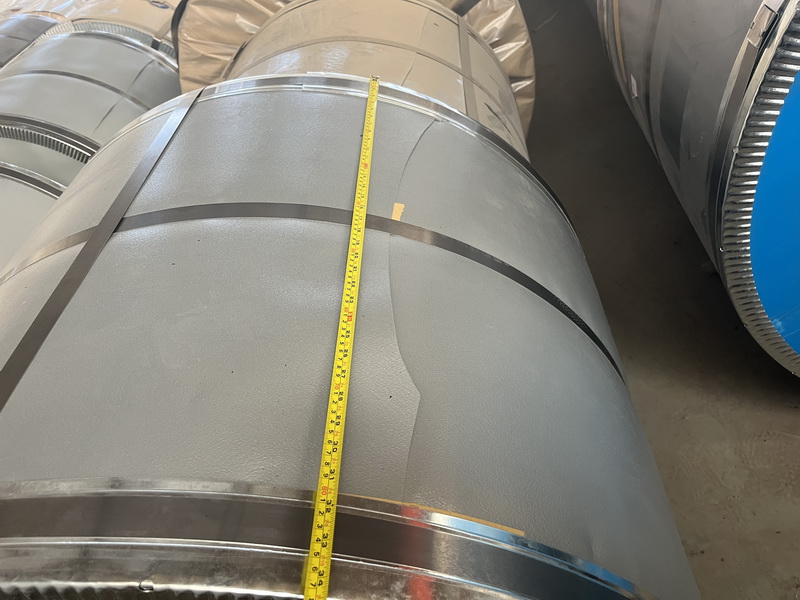
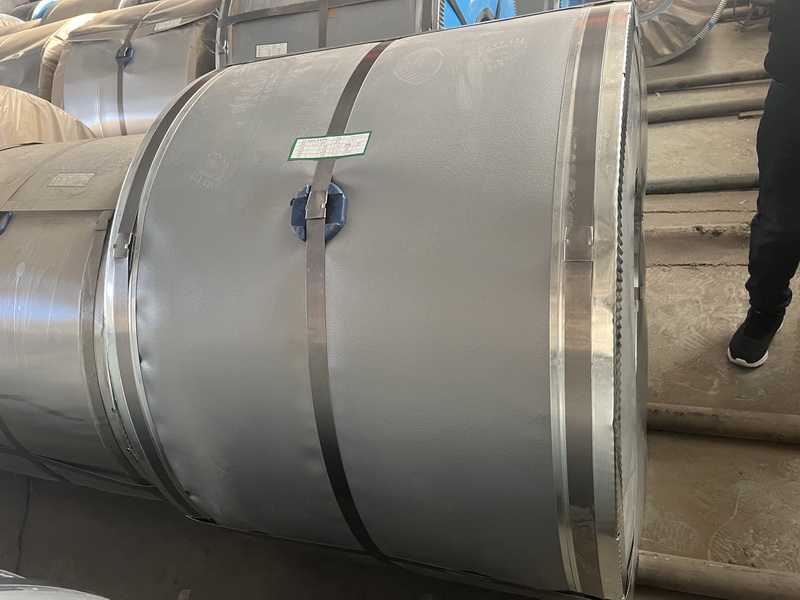
- Q:What are the common sizes and thicknesses of tinplate?
- Common sizes and thicknesses of tinplate vary depending on the specific application. However, some commonly used sizes include 0.14mm, 0.17mm, and 0.20mm thicknesses, with standard widths ranging from 600mm to 1200mm. These sizes are frequently employed in the production of food and beverage cans, aerosol cans, and other packaging materials.
- Q:What details should I pay attention to when purchasing tinplate packing boxes?
- Many small processing plants or small factories can accept the buyer's bargaining, but the iron is really not flattering. In fact, the market is very transparent iron materials, buyers do not mean that the more the better the bargaining, but to understand the market, do not bargain.
- Q:What about tin cans?
- In the galvanic cells of the tin, iron is negative and oxidized because iron is more active than tinTherefore, in the coating damage after corrosion. Than tin tin
- Q:What are the main regulations governing tinplate recycling?
- The main regulations governing tinplate recycling include waste management laws and regulations, environmental protection guidelines, and recycling policies. These regulations aim to ensure proper disposal and recycling of tinplate materials, minimize environmental impact, and promote sustainable waste management practices. Additionally, there may be specific regulations related to the handling, collection, and processing of tinplate materials to ensure safe and efficient recycling operations.
- Q:Can tinplate be used for confectionery packaging?
- Yes, tinplate can be used for confectionery packaging. Tinplate is a type of steel coated with a thin layer of tin, making it a durable and food-safe material. It provides excellent protection against moisture, light, and oxygen, which are important for maintaining the freshness and quality of confectionery products. Additionally, tinplate can be easily shaped and decorated, allowing for attractive and customized packaging designs.
- Q:What are the main challenges in the production of tinplate?
- Some of the main challenges in the production of tinplate include sourcing high-quality tin and steel materials, ensuring proper adhesion of tin coating to the steel substrate, maintaining consistent tin coating thickness, preventing surface defects such as tin whiskers or blisters, and meeting environmental regulations related to waste disposal and emissions.
- Q:What are the main innovations in tinplate manufacturing?
- Some of the main innovations in tinplate manufacturing include the introduction of continuous annealing processes, advancements in tin coating technology, improved quality control systems, and the use of automated production lines. These innovations have led to increased efficiency, higher quality tinplate products, and reduced environmental impact in the manufacturing process.
- Q:Can tinplate be used for musical instruments?
- Yes, tinplate can be used for musical instruments. Tinplate is often used in the construction of various musical instruments, such as harmonicas or tambourines, due to its durability, flexibility, and ability to produce unique sounds.
- Q:How is tinplate stored?
- Tinplate is typically stored in a dry and well-ventilated area to prevent moisture and rust formation. It should be kept away from direct sunlight, extreme temperatures, and any corrosive substances. Additionally, stacking tinplate sheets or coils should be done carefully to avoid any damage or deformation.
- Q:What are the different types of tinplate coatings?
- The different types of tinplate coatings include electrolytic tinplate (ETP), tin-free steel (TFS), and black plate.
1. Manufacturer Overview |
|
|---|---|
| Location | |
| Year Established | |
| Annual Output Value | |
| Main Markets | |
| Company Certifications | |
2. Manufacturer Certificates |
|
|---|---|
| a) Certification Name | |
| Range | |
| Reference | |
| Validity Period | |
3. Manufacturer Capability |
|
|---|---|
| a)Trade Capacity | |
| Nearest Port | |
| Export Percentage | |
| No.of Employees in Trade Department | |
| Language Spoken: | |
| b)Factory Information | |
| Factory Size: | |
| No. of Production Lines | |
| Contract Manufacturing | |
| Product Price Range | |
Send your message to us
Electroytic Tinplate Coil SPTE ETP for Packaging Consumer Industrial Packaging
- Loading Port:
- China main port
- Payment Terms:
- TT or LC
- Min Order Qty:
- 25 m.t.
- Supply Capability:
- 1000 m.t./month
OKorder Service Pledge
Quality Product, Order Online Tracking, Timely Delivery
OKorder Financial Service
Credit Rating, Credit Services, Credit Purchasing
Similar products
New products
Hot products
Hot Searches
Related keywords
